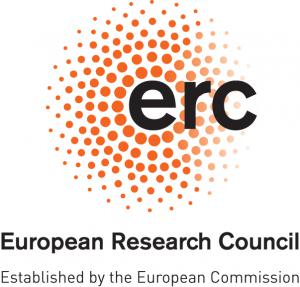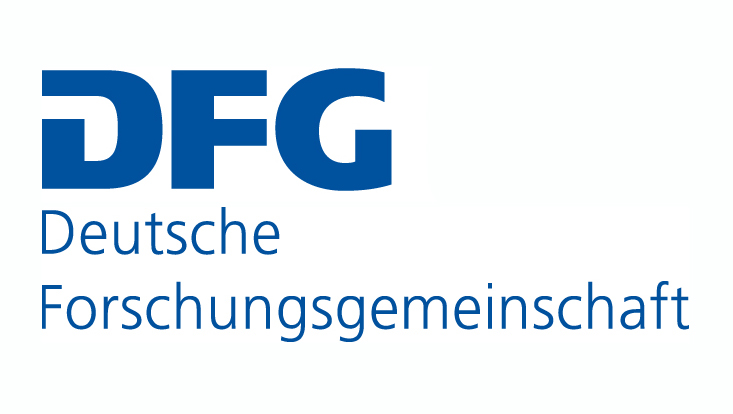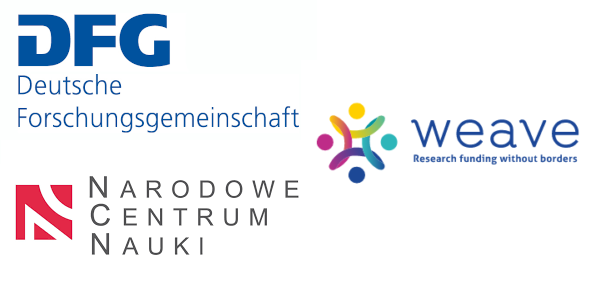
Our research is about modeling the dynamics of compact objects, like black holes and neutron stars, in binary systems using Einstein's general relativity. We develop computational methods for solving Einstein's equations and for simulating astrophysical events on the largest supercomputers in the World. We model gravitational waves and their electromagnetic counterparts, and work with the LIGO-Virgo-Kagra and Einstein Telescope scientific collaboration to support gravitational-wave astronomy observations.
We promote open science by constantly releasing our data and software. Please checkout the CoRe website and the Zenodo NR-GW Open Data community.

The InspiReM project was funded in 2022 by the European Research Council (ERC-CoG-2021) with about 2M euro. The goal of InspiReM is to break new grounds in the theoretical modeling of binary neutron star mergers (BNSMs) and to deliver first-principles models linking the source dynamics to the observed radiations. The research programme will develop novel techniques for multiscale and multiphysics computations in relativistic astrophysics, advance analytical relativity and prepare multimesseneger analyses. InspiReM aims at shaping multimessenger astronomy and driving new groundbreaking discoveries in the related fields.

The GROOVHY project was funded by the Deutsche Forschungsgemeinschaft in 2023 and aims at developing a complete and ready-to-use gravitational waveform model for the detection and parameter estimation of hyperbolic black hole mergers. The project will establish a framework to describe scattering, multiple encounters and zoom-whirls, and direct capture events also improving the analytical decription of radiation reaction along generic orbits.

The MERLIN project was funded by the Deutsche Forschungsgemeinschaft and the Narodowe Centrum Nauki (Poland) under the EU weave initiative in 2023. It aims at investigating the magnetic field dynamics in neutron star interiors and the role of turbulence in its evolution. The project will employ Einstein's general relativity to model the development of the super strong magnetic fields and create accurate astrophysical models for the observation of both electromagnetic and gravitational waves. The project will develop at Warsaw (Poland) and Jena (Germany) in the groups of Prof.Haskell and Prof.Bernuzzi. The two teams will combine their expertise in pulsar astrophysics and in numerical simulations of neutron stars.

The MeMi project was funded by the Deutsche Forschungsgemeinschaft in 2020 (renewal 2024) and aims at developing methods for Bayesian inference on joint observations of kilonovae and gravitational waves. The project will establish an open-source framework to coherently analyse the observational data, also including numerical-relativity–informed models of kilonova light curves.

The project was funded in 2025 by the Deutsche Forschungsgemeinschaft and the US National Science Foundation under the Collaborations in Physics programme. It aims at developing a theoretical framework necessary to interpret upcoming gravitational-wave and electromagnetic observations of double neutron-star and black-hole neutron-star mergers. The project will employ next-generation exascale numerical-relativity simulations and assemble a comprehensive, publicly accessible database as well as data-driven models directly usable in multimessenger data analyses. It includes a research exchange program between Jena and Penn State University.

The BinGraSp project funded by the European Research Council (ERC-StG-2015) with about 1.5M euro developed the first complete theoretical models of the gravitational spectrum of binary neutron star mergers. The project developed and combined new analytical and numerical relativity approaches to the solution of the general-relativistic two-body problem. BinGraSp contributed to the discovery of GW170817 and will allow to extract precise information on fundamental physics and astorphysics from future events.

A summary of the group's computing resources and simulation codes can be found at this link. Mostly for internal use.